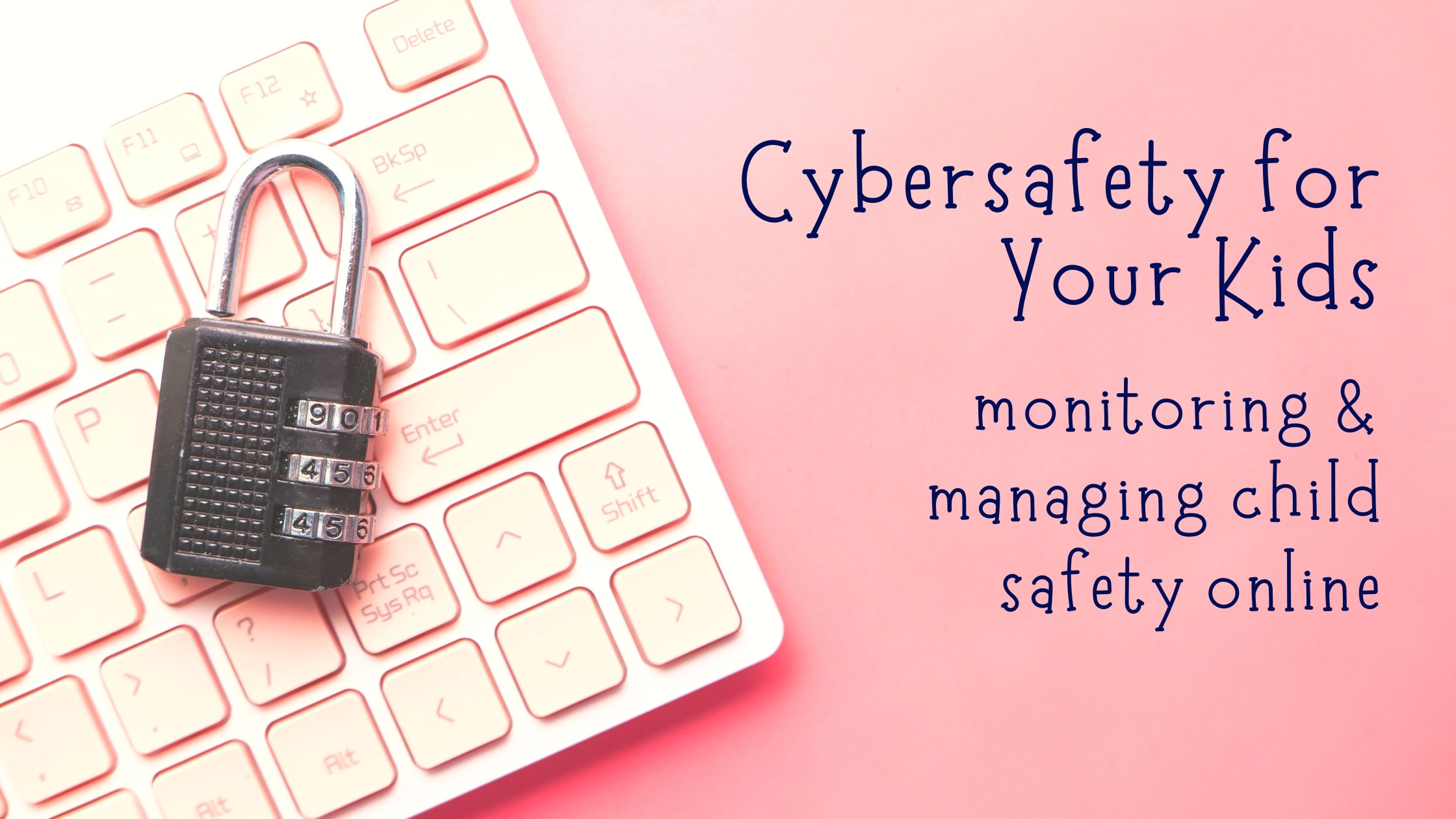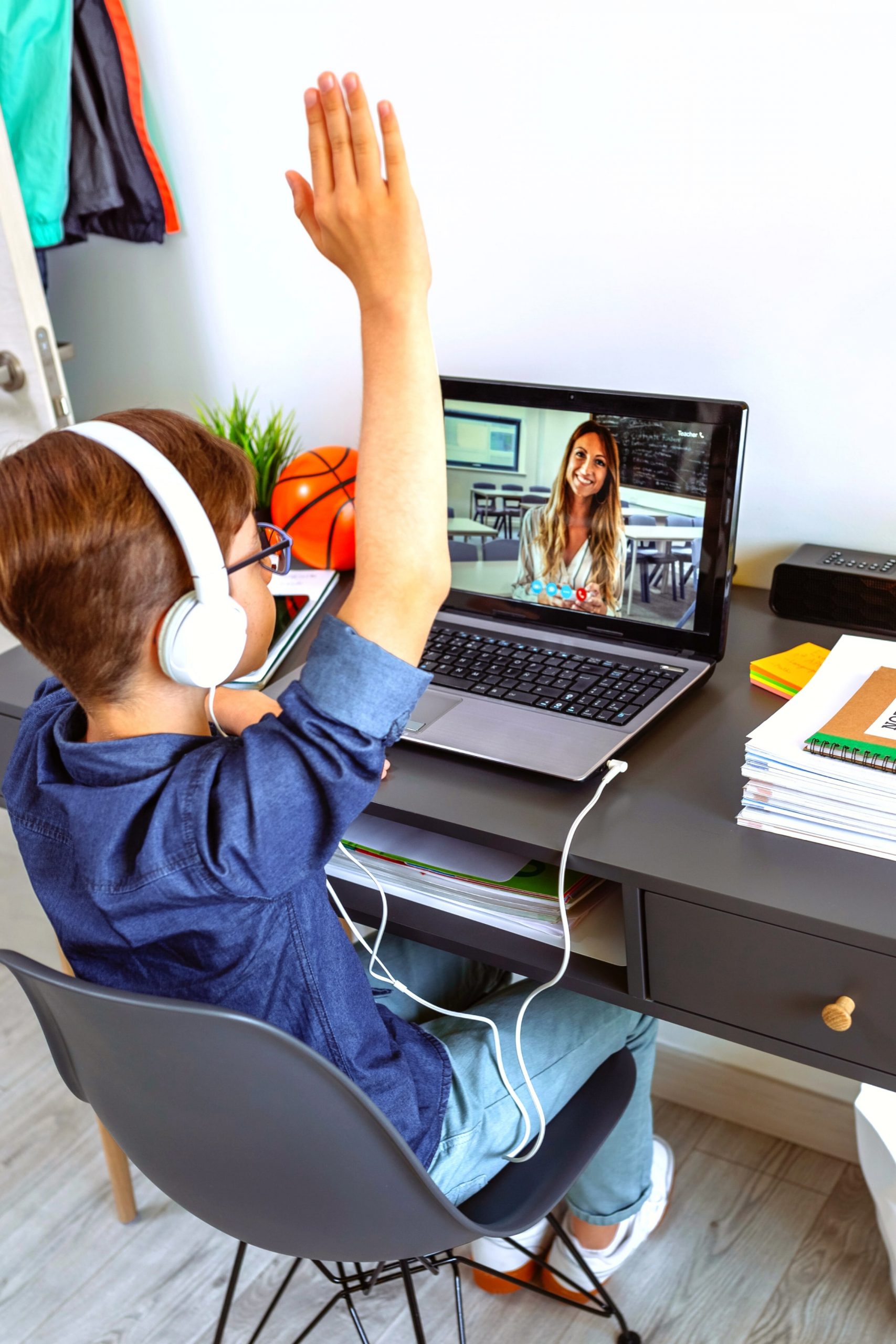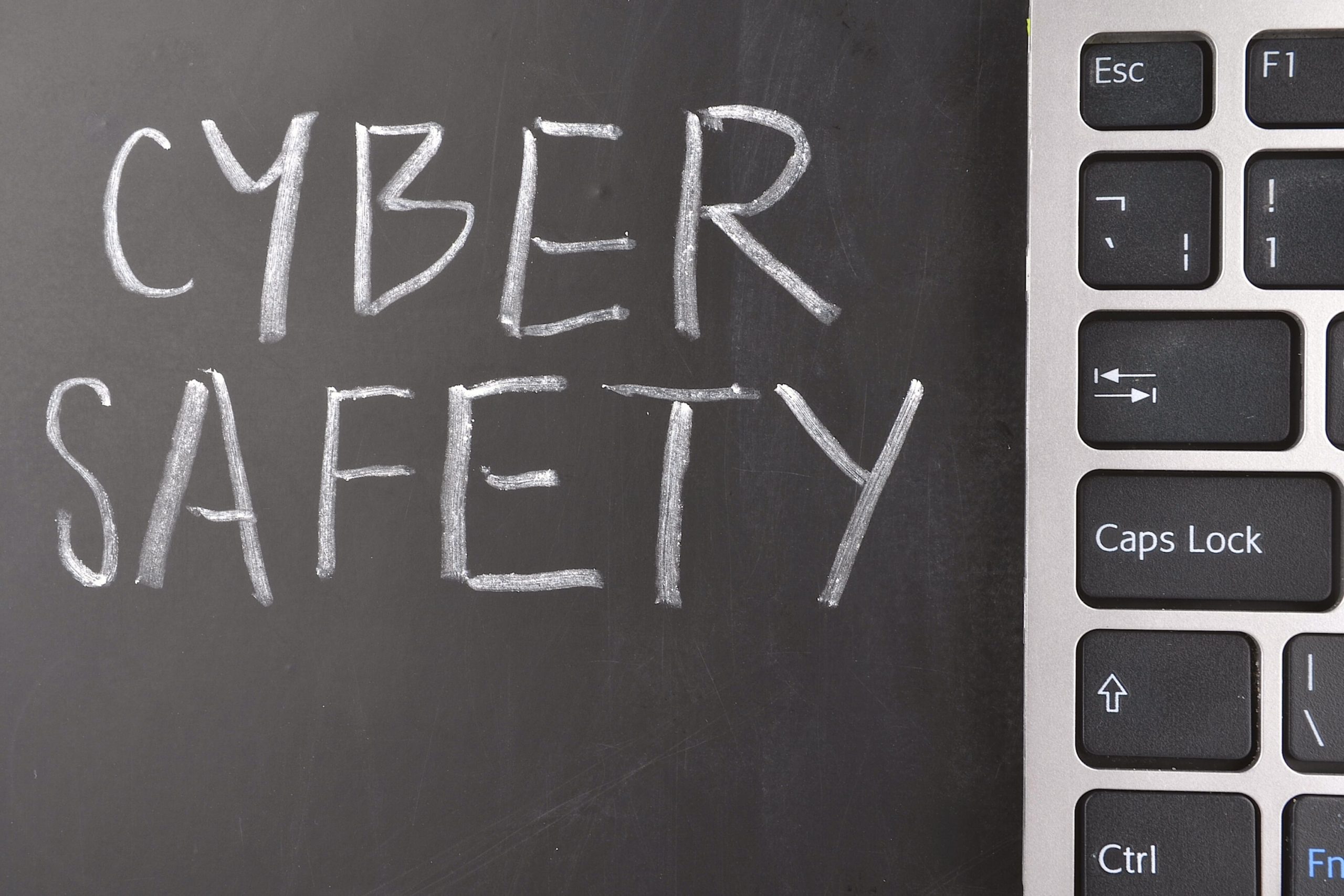
Make a list of your cybersafety concerns. Ask other parents what they monitor and the programs they use to do it. Have an open conversation with your kid about monitoring programs.
Trust is a two way street, I don’t recommend doing this behind a child’s back. When it comes to keeping an eye on the kids and their participation on the cyber highway there are two key ways to do this.
ONE. Parental controls and antivirus programs.
Parental controls often are bundled up with internet security programs and give parents the ability to manage where and for how long your kids are online. Antivirus software programs are around to help you deal with issues like spyware, website viruses, and other things your kids may inadvertently download and are wreaking havoc on your digital tools.
Going deep on managing and monitoring cybersafety
Parental controls allow you to control ALL aspects of your kids’ internet life. You can control how much time they spend online, what programs and apps they can be on, and what websites they are permitted to view. Some programs will prohibit one from attempting to go to certain sites and record attempts at accessing them.
More advanced settings on some programs will also allow you to limit correspondences with specific contacts on social networks, restrict messages that contain personal details, or even prevent messages with certain words phrases from being sent.
The higher end programs give you the ability to set up different restrictions for each member of your household’s digital activity. If a family is sharing a laptop, ipad etc.. you have to make sure you log off your profile so that others with different restrictions cannot use your profile.


Bark is one example of a monitoring program. Bark lets you monitor content on over 30 sites. It lets you monitor texts, emails and other social activity that might be harmful. It runs in the background of your device and keeps an eye on unusual or “off” behaviors. It will alert you when those things pop up. It can also let you block websites, such as streaming, gaming and adult content.
You can even set time limits on how long each day a device can be used. All you have to do is download the app on your device and the device you want to monitor, set your parameters, and customize the filters you want to use and then wait for the alerts to let you know something is off.
Bark even has location sharing so you can keep up with their physical space as well as their cybersafety. You can purchase several different packages that have a monthly or a yearly membership fee.
Bark claims that they are the leaders in this type of programming because, “One of the biggest things that sets us apart from competitors is our world-class content monitoring. With sophisticated A.I., we’re able to alert parents and guardians to issues (like cyberbullying, online predators, suicidal ideation, sexting, and more) that their kids may be encountering online.
We notify parents when something may be wrong so they can give their children the support they need. But we don’t just leave you to deal with issues on your own — we provide expert-recommended steps for handling the situation.”
This website compares the top products out there and gives you a good side by side of their services, costs etc…
Here are a few questions you want to ask:
How many devices can you connect to this program?
What are your monthly and or yearly fees?
Are you able to create separate limitations per device or do all limitations have to be identical?
You might want to ask how long their free trial period is?
Does the program offer GPS tracking?
The Mobicip app will even shut off all devices at one time so you can focus on family dinner or other things that require everyone’s full attention.
The next phase of cybersafety for your kids on the internet
TWO The second component is about antivirus or malware protection. It only takes clicking one strange link in an email to completely ruin your computer, sabotage your passwords, access your private data and so much more! It is critical to run regular virus checks on all your digital devices. You can even set up a regular schedule for this to run even when you don’t tell it to. Each month you should also be running a deep system scan and possibly deleting your cookies on a regular basis. There are other ways to stay cybersafe.
Keep the conversation open with your children. As I mentioned before, one way to encourage cybersafety is to talk openly with your kids about dangers, pitfalls and other concerns. You can include the conversation about trust and being appropriate, respectful and cybersafe on our devices as well.
See what they are seeing. When I have someone who has lost my trust when on a device, I will allow the use of their devices but the screen has to be placed in a way that I can see what they are doing at all times. It means sitting at the kitchen table next to me or at the counter as I cook dinner. Or next to me on the couch while I work on something as well. It also means that you don’t give out the wifi passwords and either turn off data at night or keep all devices out of their bedrooms.
Set up parental controls. It can be very easy to just hand your kid a new phone and let them run off to their friends for all the help in setting up their apps etc. But setting those parental controls is also important. You can use Google’s Safe Search Filter to weed out the negative stuff. It’s not 100% but it will keep the majority of the bad stuff out. To turn it on, go to Settings/SafeSearch Filters. See https://www.internetmatters.org/parental-controls/. Paid for security tools and features will offer extra protection and control like Bark or other sites mentioned above.
How to weed out the creepers. One way I helped my son engage safely on social media was to teach him to verify the people he was talking to as legit. If they were using the name of someone he knew, we discussed questions he could ask them to verify they were friends. Name of a pet, what class they had together earlier that day etc.. When it comes to playing games with strangers, we have rules about what we can and cannot share with those people. NO PERSONAL INFORMATION. No names of pets, school, friends etc.
They need to learn early to treat every stranger with a bit of caution until you can “vet them out” Some sites suggest you friend all of their social media “friends” . I don’t totally recommend this but I did require my son to “Friend me” on all social sites so I can monitor his actions.
The Dangers of Using Your Out Of Office or Town on Your Socials
I was teaching a class at a conference about Facebook when it was new. I was showing therapists how to set their privacy and be safe on social media. I said, here is an example, and went to my dad’s Facebook profile page. I was going to brag about how safe he is and protect his privacy while on Facebook.
It was a total mistake! It was the perfect lesson in WHAT NOT TO SAY/SHOW on your FB page. He had posts about being out of town with my mom (HEY ROBBERS, my house is empty right now) Under his personal information he had his address AND phone number (Hey robbers you can call me to confirm I am out of the country and my address is right there for you) I was shocked and horrified.
As a kid, my mother would never give us clothing with our names on them. She said that a stranger could walk up and say, “MIchelle, your mom asked me to come get you, she’s stuck at work” or something like that. And Boom, you’re gone.
Digital Footprint Isn’t Something to Kick Around
Absolutely everything you post online is part of your “footprint”. Once your info is shared, uploaded or made public in any way it can be used in ways you wouldn’t expect or control. I tell my students all the time, never post anything you don’t want your grandma to see or be upset about.. Your posts are permanent. There are companies you can pay to access people’s private profiles for the purposes of snooping, or perhaps you are an employer looking to hire someone and you want to see what they are really like.
This is why we have to educate ourselves and family members about protecting their images and information. Be mindful about posting pics of minors on your pages without parental consent.
Make sure your kids stay in control and only share with people they know and trust. They should be more selective and have their privacy settings on high alert on all social media platforms.
Don’t Share Your Location Publicly. Almost all apps these days have geo-tagging features that make your location known publicly and enables people to be able to find you directly. Don’t forget on Facebook you can “check in” at a location. That does two things. Tell people exactly where you are and let people know you are not at home. Both leave you vulnerable. Make sure location features are private or turned off entirely. Read all the apps small print for their sharing options.
Track Your Online Time The Australian Physical Activity and Sedentary Behaviour Guidelines “recommend children between the age of five and 17 should have no more than two hours of screen time a day. So, it’s important to monitor your child’s online time, particularly younger children, to ensure they do not develop bad habits. Get your children to agree on a period of time, say 30 minutes per session, and set a timer to go off – don’t forget to make this a non-negotiable finish time. You should also switch off the home Wi-Fi at a set time each night (ideally before bedtime) so everyone has some ‘time-out’ from the internet. You can also try making some days ‘screen-free’ in your home to encourage everyone to pursue other more active and/or less technology-driven ways to entertain themselves.”
Education Is The Name Of The Game You MUST educate yourself on ways you and your family can have cybersafety on social media sites. I won’t let my kid download an app unless I have it too and he “friends” me so I can keep an eye on things from the inside. Make sure you check the privacy settings of those sites and how they report problems or threats. Make sure your kids know who to talk to you about online bullying and predators. How to be smart online but also how to be kind to all you interact with. Make sure your kids know how to report inappropriate or offensive posts or comment, block or remove people and keep their personal information safe.
Put Your Money Where Your Mouth Is Y0u can;t tell your kids what to do if you are not following the same recommendations. If you have required your child to “friend” or “add” you to their social media apps, remember they can see what you are doing just like you can see what they are doing. So If you are posing in provocative poses or tell your kids you’re at the library but get tagged at a bar, you are gonna get caught! When you are cautious and respectable online, they are more likely to mimic you and your actions.
Obviously we are not trying to scare our kids half to death but we do want to raise them to be social media savvy. There are so many cool things about the internet that are to our advantage and benefit but we have to be wary of the things that are not. In my time, my mom was teaching us how to not open the front door for a stranger or tell a caller our parents weren’t home. Now we teach our kids an entirely new set of skills.
I promise as you get really good at these skills they will go and change the rules, add a new app to learn or do something else to throw us off course. Stay strong! Good luck.

